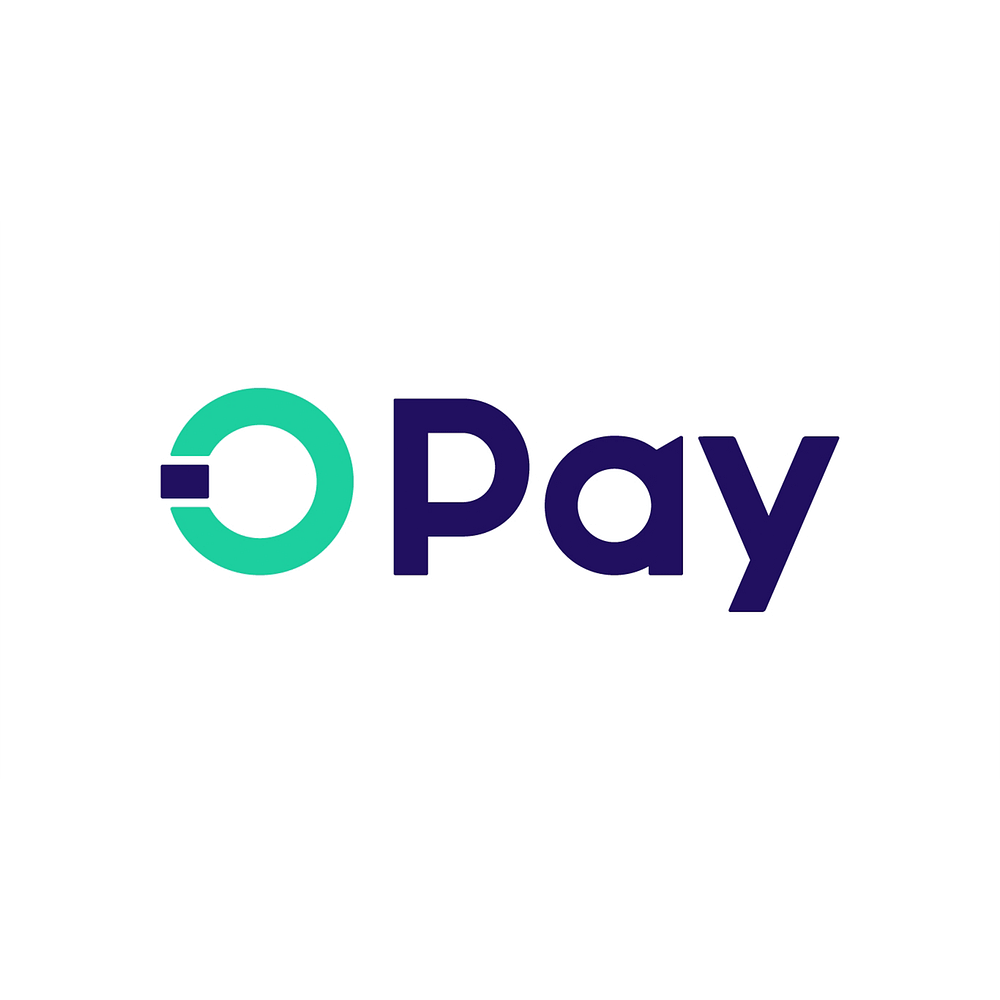How to Start a Tech Business Step by Step
For Beginners Who Know More About Memes Than Machines (And That’s Okay)
So, you’ve decided to start a tech business. Congrats! You’re officially joining the proud lineage of people who Googled “how to start a tech company” and got overwhelmed by photos of Steve Jobs in a black turtleneck. Don’t worry — you don’t need a garage, a hoodie, or a complicated relationship with coffee. You just need this guide.
Table of Contents
Let’s break it down step by step — with jokes, truth bombs, and the occasional meme-worthy metaphor — so you can go from “What’s a startup?” to “Where do I put my yacht?”
Step 1: Have an Idea (That Doesn’t Suck)
Alright, here’s where 90% of future tech millionaires stumble: the idea. This isn’t just “I want to build an app.” That’s like saying, “I want to write a book” — cool, but about what?
What Makes a Good Tech Idea?
- Solves a real problem – Not just your weird pet peeve. A problem real humans have.
- Has a target audience – If it’s for “everyone,” it’s for no one. Get specific.
- Is feasible – You can’t invent teleportation. Yet.
Example:
Bad idea: An app that only works on Tuesdays and only sends emojis in Morse code.
Good idea: An app that reminds remote teams to take breaks, preventing burnout.
Bonus tip:
If you’ve ever said, “Why hasn’t anyone built this yet?” — that’s your cue. Validate it, but don’t marry it until it proves it’s worthy.
Step 2: Research Like a Nosy Neighbor
You’ve got the idea. Now, dive deep like you’re investigating your ex’s new partner. Don’t skip this — it saves you from future facepalms.
What to Research:
- Your competitors – Who’s already doing it? Are they thriving or barely surviving?
- Your audience – What do they need, want, or Google at 2 a.m.?
- Trends – Is your idea riding a surge or digging a grave?
Tools to Help:
- Google Trends (because stalking your idea is legal here)
- Reddit (a.k.a. The Internet’s Raw Unfiltered Opinion Buffet)
- Product Hunt (what’s hot and what flopped)
Reality Check:
If your idea already exists and is backed by Elon Musk’s money… you may want to pivot.
Step 3: Choose the Right Tech (Not the Shiny One)
Ah yes, the “stack.” That word makes non-techies sweat. But it’s just a fancy way of saying “What tools will power your Frankenstein creation?”
Common Tech Choices:
- Website? Use WordPress or Webflow.
- Mobile app? Consider React Native or Flutter.
- Backend? Node.js, Django, or Laravel. (Sounds like Pokémon, but trust me.)
Don’t Do This:
Don’t use AI, blockchain, machine learning, and virtual reality just because they’re trending. That’s like putting every topping on your pizza and wondering why it tastes like regret.
Pro Tip:
Start simple. Your goal isn’t to be fancy — it’s to get something that works, even if it’s held together with digital duct tape.
Step 4: Build a Prototype (AKA, the Ugly Baby Stage)
Now it’s time to build your Minimum Viable Product (MVP). Yes, it sounds like a sports award, but in tech it means “the simplest version of your idea that still kinda works.”
Why Build an MVP?
- To test your idea fast
- To get feedback before you waste time/money
- To make your mom proud (and confuse her)
Tools to Build It:
- No-code platforms like Bubble or Glide
- Mockup tools like Figma
- Freelancers on Fiverr or Upwork (because not everyone has a coding cousin)
Expect This:
It won’t be pretty. Your prototype will crash, freeze, or display error messages in ancient Greek. That’s okay — it’s learning to walk.
Step 5: Get Feedback (Not Just from Your Dog)
Your dog thinks everything you do is brilliant. Your best friend says, “Wow, cool!” and moves on. But what you really need is raw, brutally honest, and maybe-a-little-roasting kind of feedback.
Where to Get Feedback:
- Online communities (Reddit, Indie Hackers, Discord groups)
- Twitter (if you dare)
- Potential users — give them early access, even if it’s still glitchy
Sip This Truth Juice:
Don’t take criticism personally. Take it constructively. If 10 people tell you it’s confusing, it probably is. Fix it, don’t fight it.
Step 6: Create a Business Plan (That Doesn’t Make You Yawn)
Okay, it’s time to get slightly boring. You need a business plan. But don’t worry — this isn’t a 60-page thesis. Think of it like a roadmap, not a novel.
What to Include:
- The problem you’re solving
- Your solution (your idea!)
- Target audience (be specific!)
- Revenue model (how you’ll make money, legally)
- Marketing plan (more on that later)
- Budget (don’t cry)
Common Revenue Models:
- Subscriptions (SaaS, baby!)
- Ads (beware: ad money is a mirage unless you have millions of users)
- Freemium (basic is free, premium costs)
- One-time payments (apps, courses, tools)
If You’re Broke:
That’s normal. Investors want to see plans, not yachts. Just show you’ve thought things through.
Step 7: Legally Start the Business (The Adulting Part)
Time to make it official. You’re not just playing entrepreneur — you are one now. Get those legal ducks in a row, even if they’re quacking nervously.
What You’ll Need:
- Register your business – LLC, sole proprietorship, etc. (depending on your country)
- Get a business bank account – No, your personal PayPal won’t cut it forever.
- Trademark your name (optional, but smart)
- Terms & Privacy Policy – You’re dealing with data, friend. Get compliant.
⚖️ Bonus:
Use services like Stripe Atlas or LegalZoom to make this easier than explaining TikTok to your grandparents.
Step 8: Market Like a Meme Lord
You built it. Now what? If you expect people to magically find your app, you’re dreaming harder than a cat with a laser pointer. Time to market it.
Marketing Tactics:
- Content marketing – Blogs, tutorials, videos (be useful!)
- Social media – Twitter, LinkedIn, Threads (yes, even that)
- Email lists – Start collecting emails on Day 1.
- Launch sites – Product Hunt, BetaList, Indie Hackers
Pro Moves:
- Create funny, shareable content — memes, reels, tweets.
- Engage in communities — not just promote. Help people.
- Give early adopters perks — they’re your first fans.
Example:
Tweet: “Launched my app today. It’s like Tinder, but for dogs. Swipe right if your corgi needs a date.”
Step 9: Make Your First Sale or Get Your First User
This is the moment. The champagne pop (or Fanta, if you’re broke). Getting that first user or sale will feel like winning the lottery — minus the millions.
Track Everything:
- Where did they come from?
- What did they click?
- Did they survive the signup process without rage quitting?
Celebrate!
Even if it’s one user. Even if your app breaks during signup. It’s real. You’re not just a “wantrepreneur” anymore — you’re a tech founder.
Step 10: Improve, Iterate, Don’t Hibernate
Now the real work begins. Yes, it gets better. But also messier.
What to Do Now:
- Listen to users – They’ll tell you what sucks. That’s good.
- Fix bugs – Like playing digital whack-a-mole.
- Release updates – Small improvements > massive overhauls.
- Watch Challengers – Steal like an artist, not a pincher.
♀️ Warning:
This stage is less glamorous. You’ll be answering emails at midnight and Googling “how to fix X bug” like your life depends on it. But it’s where winners are made.
Final Thoughts: You’re a Tech Entrepreneur Now (No Hoodie Required)
Starting a tech business isn’t about being the next Zuckerberg. It’s about solving a real problem, helping real people, and maybe — just maybe — making real money.
Will you hit bumps? Oh yes. Could your app crash mid-demo? Absolutely possible. Will people misunderstand your idea? Definitely.
But you’re doing it. You’re in the arena. You’re not just dreaming anymore — you’re building.
So keep going. One bug fix, one customer, one hilarious tweet at a time.
Now go out there, you future tech wizard. Get ready to reign over your app-tastic, API-fueled acronym jungle!



